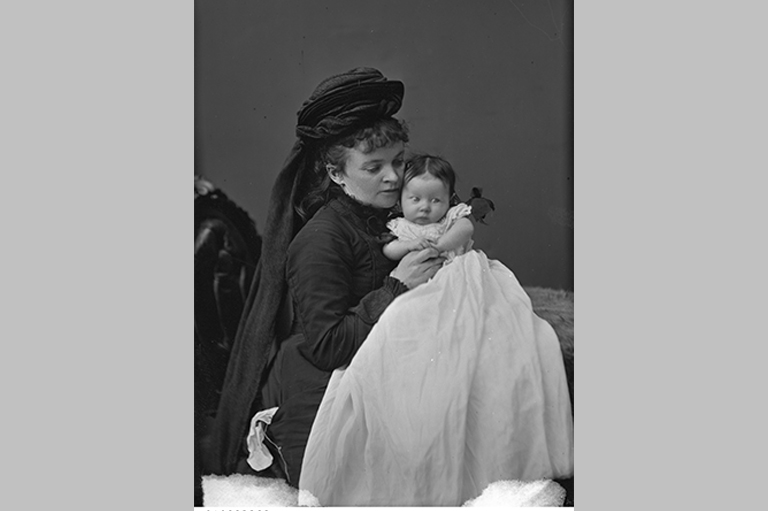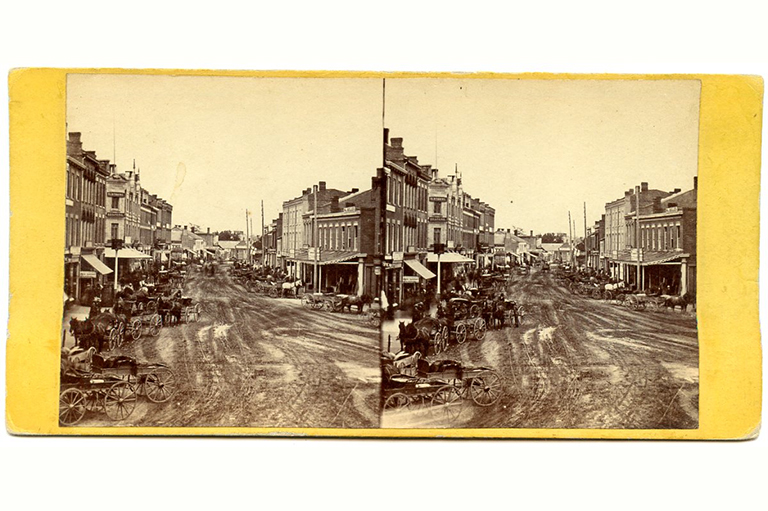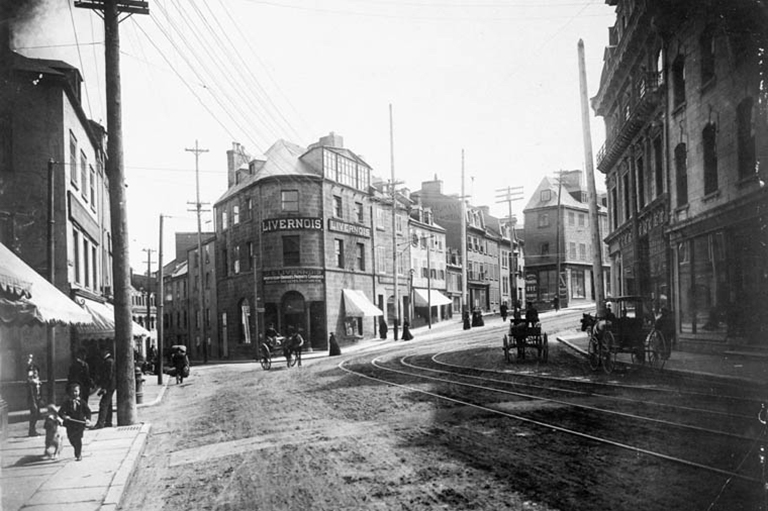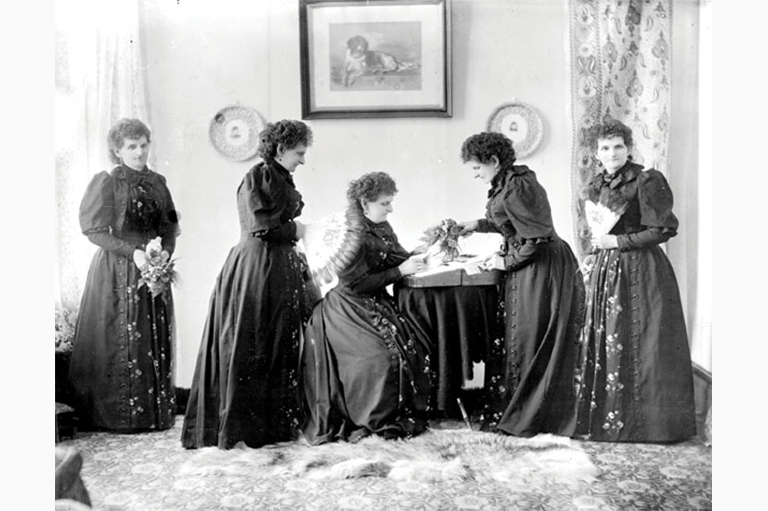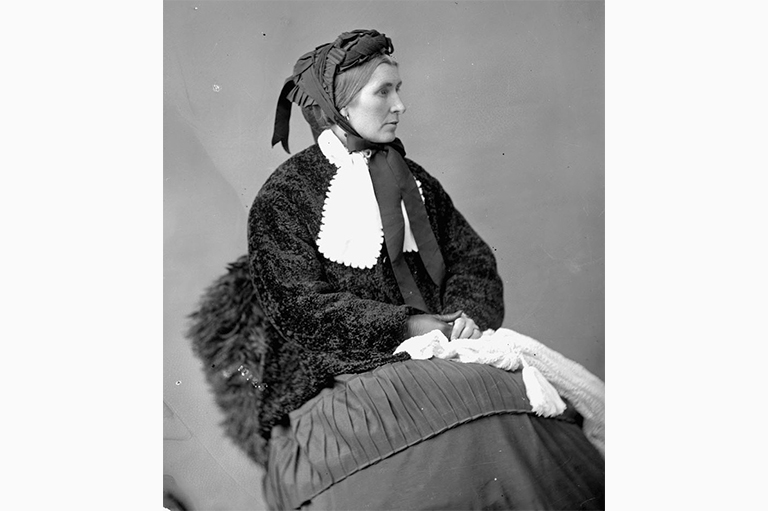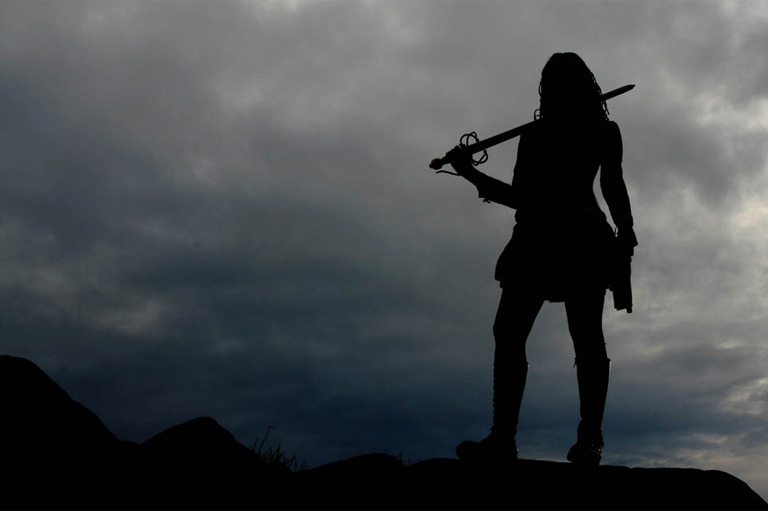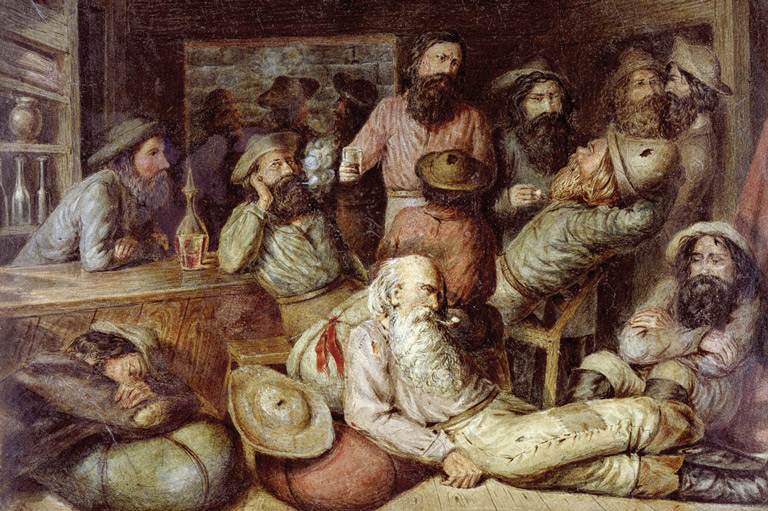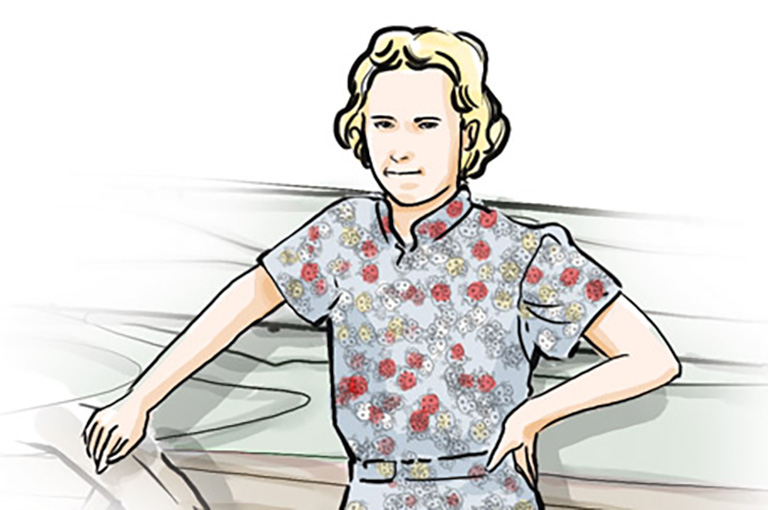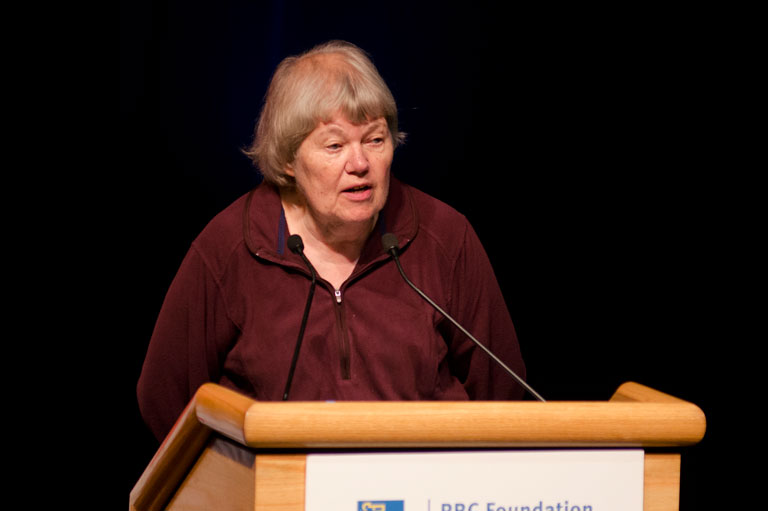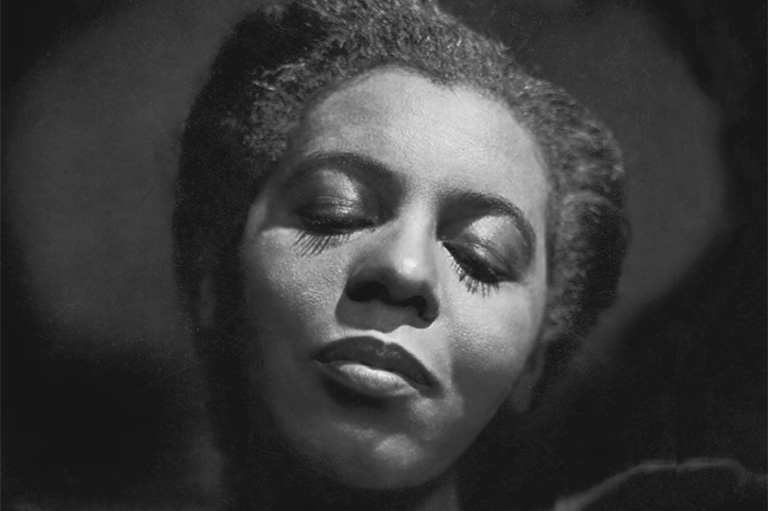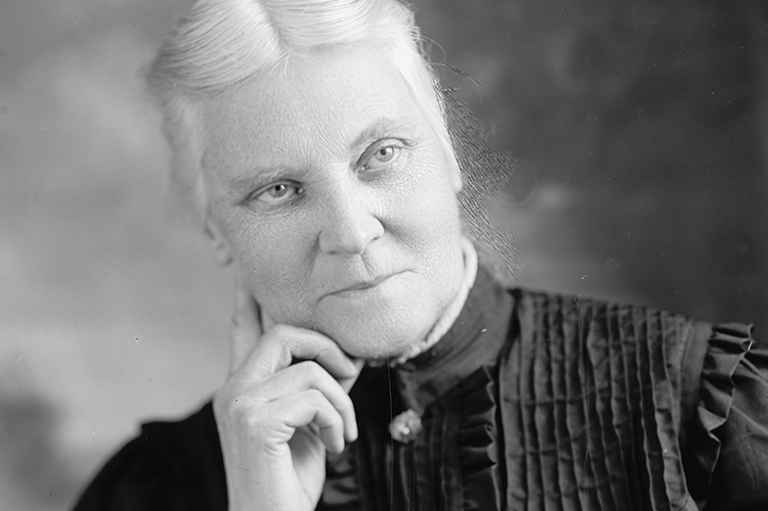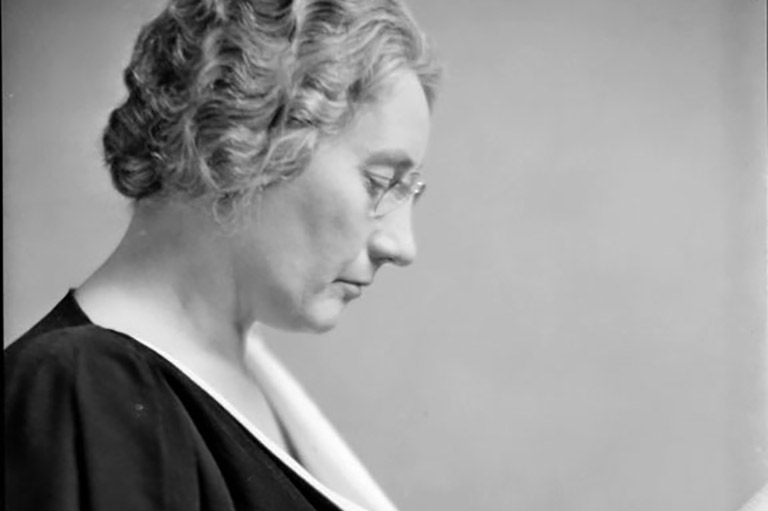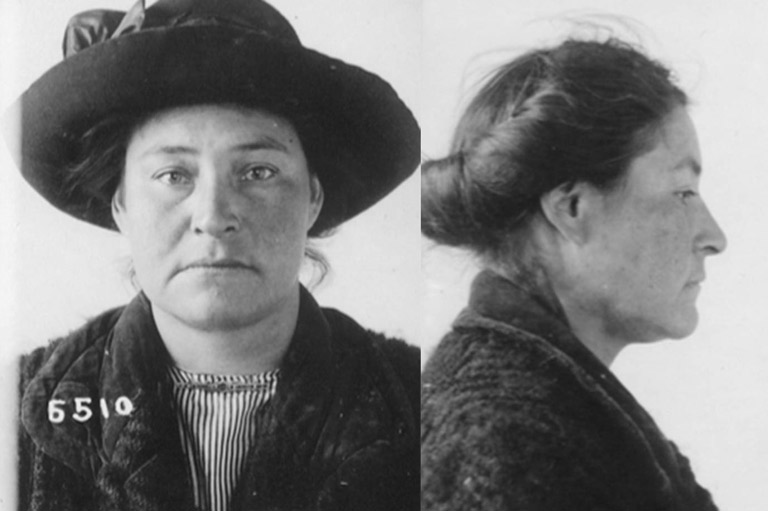Into the Light
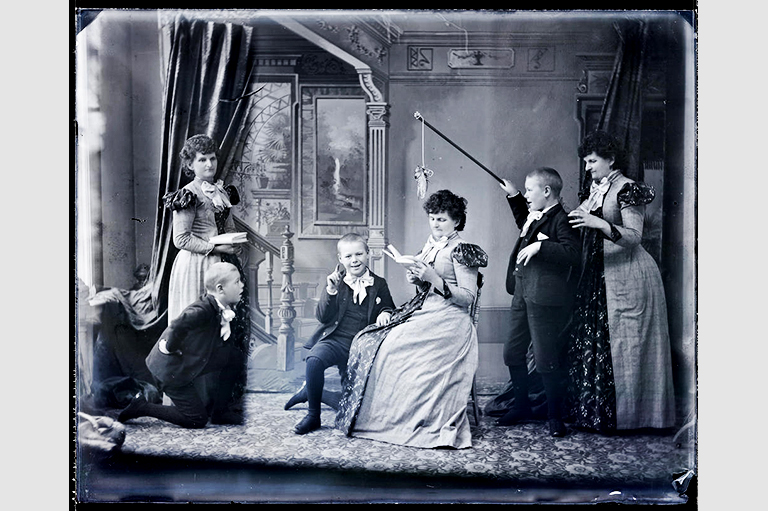
In March 1855, American suffragette Lucy Stone gave three evening lectures about economic emancipation for women to a “large and fashionable” audience at Toronto’s St. Lawrence Hall. She advocated for women’s “right to be printers, jewellers, physicians, and Daguerrean artists,” the Toronto Leader reported. Stone told the crowd a story of a woman whose husband had deserted her: Declining her father’s offer of financial help, the woman had pursued the Daguerrean business and “succeeded in earning thousands of dollars by her profession.”
A daguerreotype of Stone, dated 1855, resides in the collection of the National Portrait Gallery in Washington. The artist is unknown. Perhaps it was the daguerreotypist Stone mentioned in her impassioned speech. Or perhaps Stone used her visit to Toronto to have her portrait taken by one of Canada’s pioneering women of the photographic arts.
Daguerreotypes, invented by France’s Louis Daguerre, were among the first permanent photographs; Daguerrean artists were among the first photographers. In 1839 Daguerre sold his secret photographic process to the French government in exchange for a lifelong pension for himself and financial support for the son of his deceased partner in business and invention, Joseph Nicéphore Niépce. In France and the United Kingdom, an ironclad patent protected the Daguerrean process; those who wished to establish a business had to pay costly licensing fees. European daguerreotype artists kept their trade secrets to themselves, forming a business elite that offered services to wealthy customers.
With 7 uniquely curated newsletters to choose from, we have something for everyone.
In Canada and the United States, however, Daguerre’s techniques remained unpatented, which encouraged entrepreneurs. Daguerre’s seventy-nine-page instruction book was translated into several languages and provided extensive details about his process, noting that “the little work it entails will greatly please the ladies.” Perhaps Daguerre sought to downplay the technical complexities with an even-a-woman-could-do-it attitude. Whatever the case, in an era when few professions were open to them, women could — and did — soon master the new art of photography.
The works and life stories of these early women photographers are often difficult to track down. Many of their photos have disappeared; many others have been credited to their male partners. Yet Graham W. Garrett’s A Biographical Index of Daguerreotypists in Canada 1839–1871 lists twenty-five women practising the art. Those women — some of whose images have been rescued from obscurity and misattribution in recent decades through persistent research in archives and private collections — include Alvira Lockwood, Mrs. Chauncey Miller, Élise L’Heureux Livernois, and Hannah Maynard.
CANADA'S EARLIEST WOMEN PHOTOGRAPHERS
If you believe that stories of women’s history should be more widely known, help us do more.
Your donation of $10, $25, or whatever amount you like, will allow Canada’s History to share women’s stories with readers of all ages, ensuring the widest possible audience can access these stories for free.
Any amount helps, or better yet, start a monthly donation today. Your support makes all the difference. Thank you!
Themes associated with this article
Advertisement

